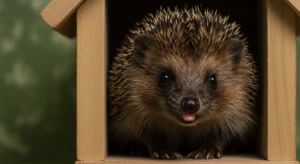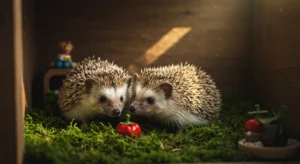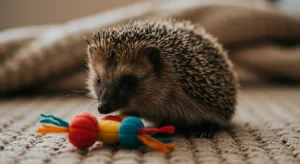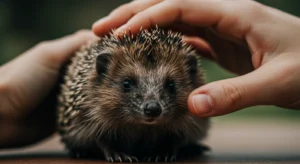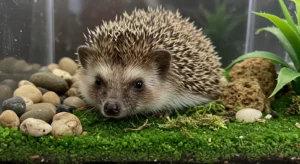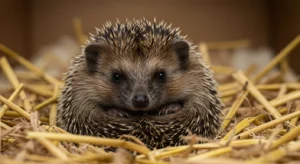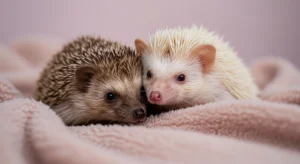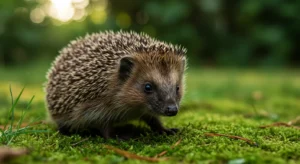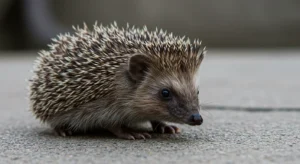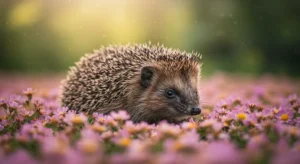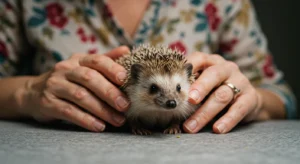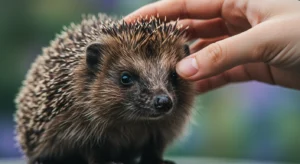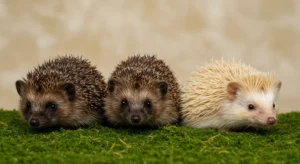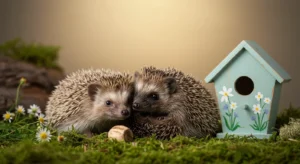Hedgehog Health
Understanding Hedgehog Quilling: What to Expect When Your Pet Sheds
Finding shed quills in your hedgehog’s cage can be alarming for new owners. However, in most cases, this is a normal process called “quilling,” similar to a baby losing baby teeth or a snake shedding its skin. Young hedgehogs go through several major quilling phases as they grow, replacing their softer baby spines with harder adult quills. Understanding this process can alleviate worry and help you support your hedgehog through this sometimes uncomfortable stage.
What is Quilling?
Quilling is the natural process where a hedgehog sheds its existing quills (spines) to make way for new, usually larger and stronger ones to grow in. Spines are essentially modified hairs made of keratin. During quilling, the old quill loosens and falls out, while a new quill pushes up from the same follicle underneath the skin. It’s a necessary part of their growth and development.
When Does Quilling Occur?
While minor quill shedding can happen throughout a hedgehog’s life, there are several distinct, more intense periods, primarily during their first year:
- First Major Quilling (Baby Spines): Often starts around 4-6 weeks as they lose their initial soft, white baby spines.
- Juvenile Quillings: Several significant sheds typically happen between 8 weeks and 6 months of age as different sets of adult quills emerge. These can seem almost continuous sometimes.
- Adult Shedding: After the major juvenile quillings, shedding becomes much less dramatic, similar to occasional hair loss in humans or other pets. Some minor shedding might occur around the one-year mark.
The exact timing and intensity vary between individual hedgehogs.
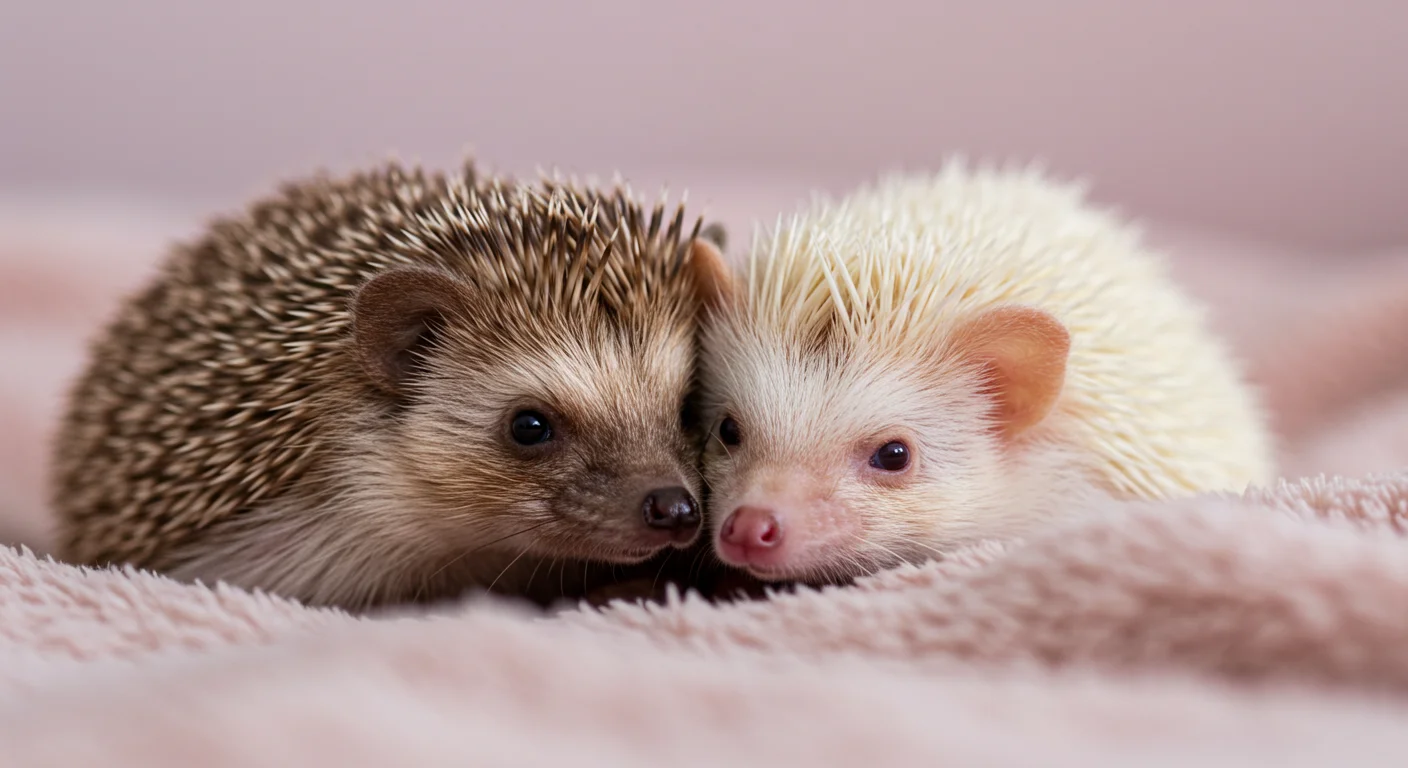
Signs Your Hedgehog is Quilling
Besides finding shed quills in the cage, you might observe:
- Increased Irritability: The process of new quills pushing through the skin can be uncomfortable or painful, leading to grumpiness, increased huffing, or reluctance to be handled. This change in hedgehog temperament during quilling is common.
- Visible New Quills: You may see tiny new quills poking through the skin, sometimes appearing slightly reddish or irritated at the base initially.
- Thinning Appearance: During heavy sheds, their quill coverage might look temporarily patchy or thinner.
- Dry Skin/Dandruff: Skin can become dry and flaky during this time.
- Reduced Appetite (Sometimes): Mild discomfort might cause a slight, temporary decrease in appetite in some individuals.
Quilling vs. Abnormal Quill Loss
It’s crucial to distinguish normal quilling from quill loss due to health problems:
- Normal Quilling: Shed quills typically have a small bulb at the base (the root). You should see evidence of new quills growing in. The skin underneath generally looks healthy, though perhaps slightly dry or pinkish where new quills emerge. Grumpiness is common.
- Abnormal Quill Loss: May be caused by mites, fungal infections, bacterial infections, nutritional deficiencies, or stress. Signs include:
- Excessive scratching.
- Quills falling out in large clumps, leaving bald patches with no new growth visible.
- Broken quills or quills without roots.
- Severely irritated, red, crusty, or wounded skin.
- Lethargy, significant appetite loss, or other signs of illness.
When to See a Vet: If you suspect abnormal quill loss, see an exotic pet veterinarian immediately. Mites and infections require specific treatment. Differentiating these conditions is vital hedgehog medical information for owners.
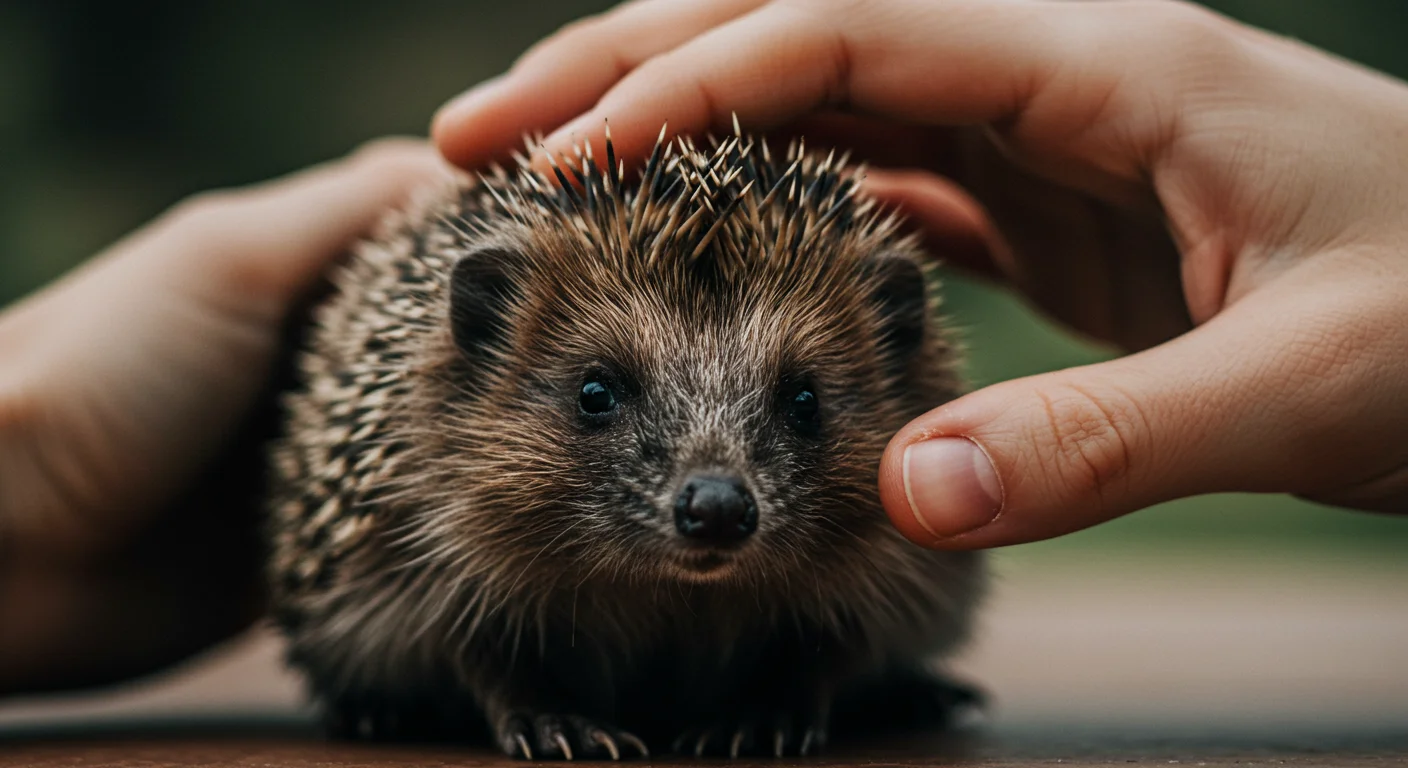
Managing Quilling Discomfort
While you can’t stop quilling, you can help make your hedgehog more comfortable:
- Oatmeal Baths: Lukewarm oatmeal baths (using colloidal oatmeal or plain oats in a sock/pantyhose) can soothe itchy, dry skin. Use a soft brush (like a toothbrush) to gently cleanse between quills. Rinse thoroughly. Limit baths to maybe once a week or less unless necessary, as over-bathing can dry skin more.
- Gentle Handling: Be extra gentle during handling. If they’re very grumpy, keep sessions short or use a bonding pouch for closeness without direct pressure on their skin.
- Warm Environment: Ensure their cage temperature remains stable and warm, as stress from cold can exacerbate discomfort.
- Consider Skin Conditioner: A drop of flaxseed oil or vitamin E oil massaged *very gently* onto the skin (not quills) *after* a bath might help, but consult your vet first, especially if skin looks very irritated. Avoid oils going rancid on the skin.
Conclusion: A Natural Process
Quilling is a normal, albeit sometimes uncomfortable, part of a young hedgehog’s life. Recognizing the signs of normal quilling versus health issues is key. By providing a supportive environment, gentle handling, and soothing measures like oatmeal baths when needed, you can help your prickly friend navigate this developmental stage successfully. Remember patience is essential during these “grumpy” phases!
Information based on common knowledge within the hedgehog breeding and ownership communities regarding typical developmental stages. Distinctions between normal and abnormal quill loss adapted from veterinary resources on common hedgehog ailments.
